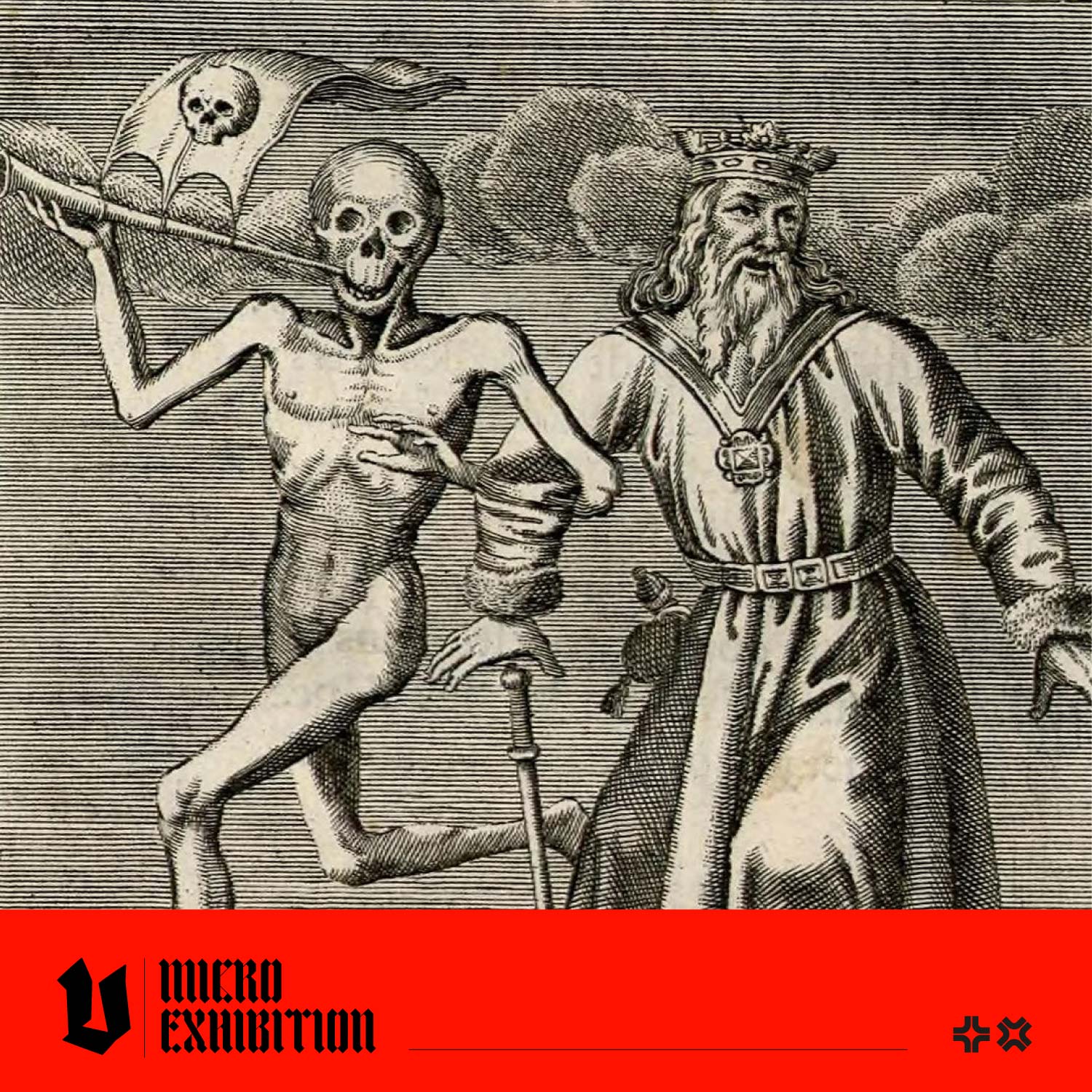The Timeless Appeal of Memento Mori: Understanding The Dance of Death's Enduring Symbolism
We are working on our next title, 'The Dance of Death, an Image Archive for Artists and Designers', and we can't wait to share it with you next week. Today, we'll discover what The Dance of Death is, why it was so powerful and relatable, and what lessons we can learn from it today. Let's go! 
Drinking Brothers and Death, Rudolph Meyer, 1650
What is a Memento Mori?
A memento mori is a Latin phrase meaning "remember that you will die," urging individuals to reflect on their mortality. The intention behind these reminders is not to instil fear but rather to inspire contemplation, mindfulness, and a deeper appreciation for the time we have in the present. Memento mori can take many shapes, including artistic representations. (If you'd like to see more, check out our book, Memento Mori and Depictions of Death.) 
Dance of Death, Death as a Friend, Alfred Rethel, 1850
What is The Dance of Death?
The Dance of Death is a type of memento mori. It is a visual allegory designed to remind people that death comes for everyone, regardless of their circumstances in life. This series depicts individuals from diverse social strata – from the highest echelons of power, such as the pope, emperor, and king, to the most humble peasants and innocent children – all led to the afterlife by a personification of death, often depicted as a skeleton. Death has to drag some people away, and others seem to follow willingly, but all images are a powerful reminder that death comes for everyone, regardless of wealth and status.
The Dance of Death emerged as an artistic genre during the late Middle Ages (the earliest recorded example was dated 1425), when people were very familiar with death, living with the everyday hazards of the era and in the aftermath of the Black Death (1346 to 1353). It was one of the most fatal pandemics ever and caused the death of between 25%-60% of the population of Europe at the time.

Abbess and Death, Hans Holbein (II), 1538
What are Some Examples of The Dance of Death?
Throughout history, The Dance of Death has been interpreted and represented in various forms. Notable examples include the vivid depictions by Hans Holbein the Younger and the detailed frescoes adorning the walls of European churches. These interpretations illustrate its adaptability and universal appreciation. Artists sometimes injected dark humour into their illustrations, portraying death as a whimsical character, merrily dancing beside the, often anguished, living people. 
The King from Basel's Dance of Death by Matthew Merian (1593 – 1650)
The Dance of Death Through A Contemporary Lens
The message of a Dance of Death still resonates today, encouraging introspection and prompting us to embrace the inevitability of our own mortality and the importance of making the most of today.
We'll close this article with a creative prompt for you. What characters would feature in your modern-day version of The Dance of Death? How would you arrange the order of precedence? What would your depiction of death look like?




